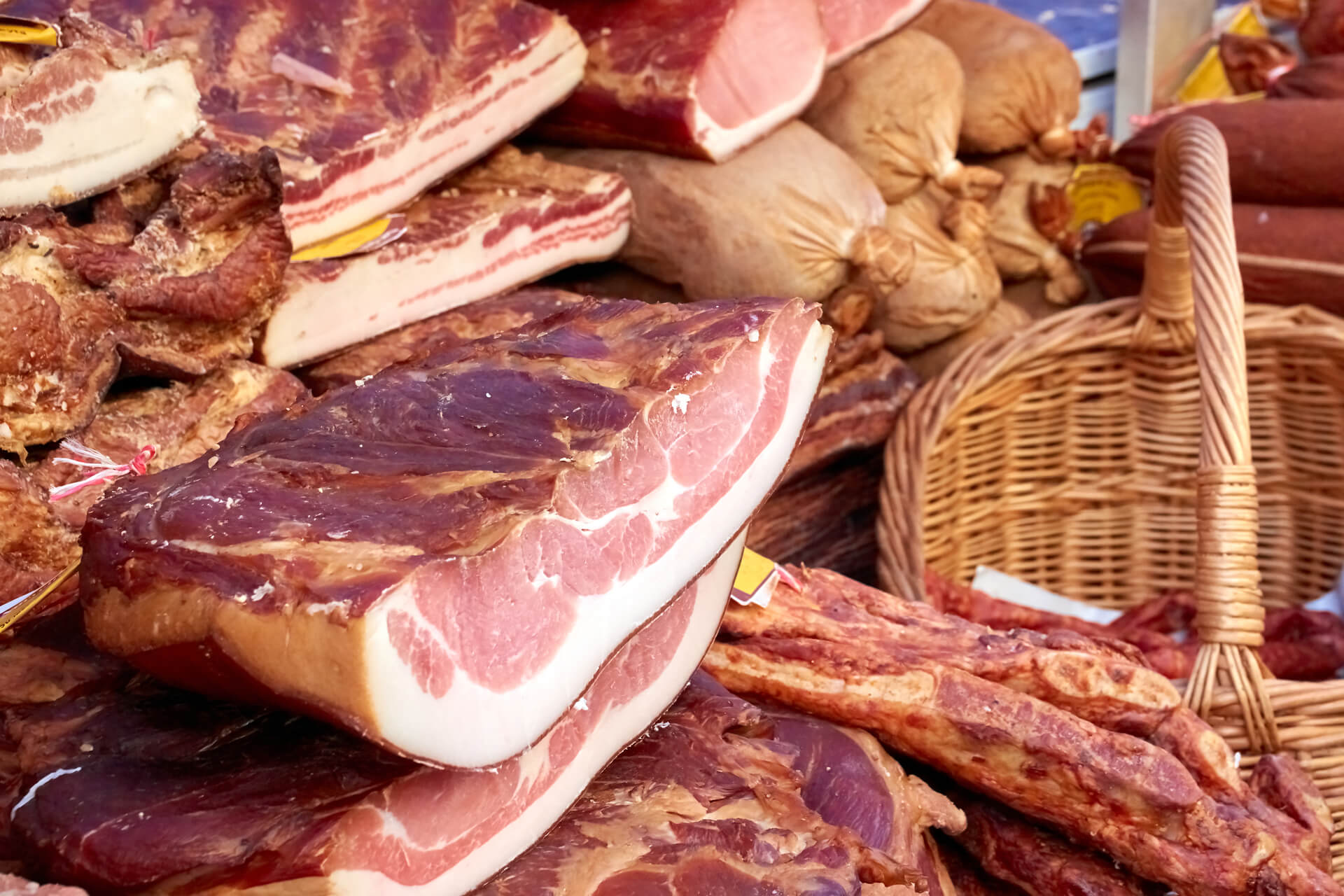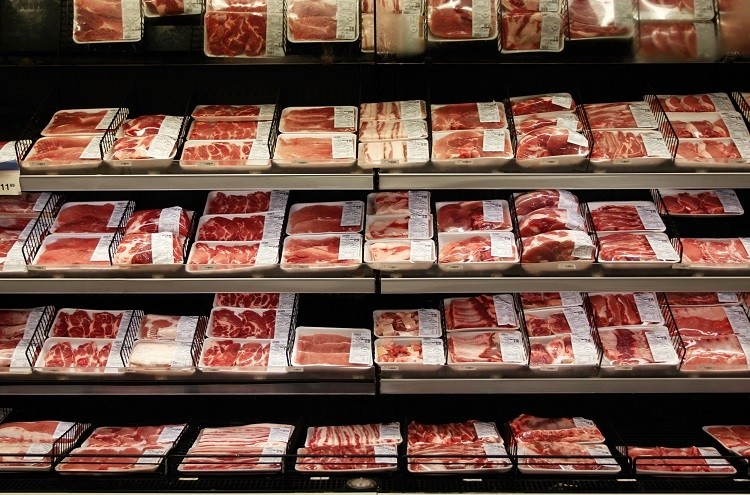Discover the Art of the Butcher's Cut in a Modern Meat Market
In the ever-evolving landscape of contemporary meat markets, the butcher's cut has transcended its standard roots, merging old-time workmanship with modern techniques. Today's butchers are not simply cpus of meat; they are educated artisans who highlight sustainability and ethical sourcing. Their experience in selecting and preparing cuts customized to details cooking needs offers an unparalleled dining experience. Yet, what truly sets the modern-day butcher apart is their capability to build a much deeper connection between customers and the beginnings of their meat. Just how do these masters balance tradition with advancement, and what implications does this have for the future of meat intake?
Advancement of Butchery Techniques
The development of butchery strategies reflects an abundant tapestry of technology and adaptation driven by improvements in modern technology, adjustments in consumer need, and a deeper understanding of meat scientific research. Historically, butchery was a craft passed down through generations, with techniques refined over centuries to make the most of yield and flavor. However, the commercial change ushered in automation, changing conventional practices and allowing large-scale processing.
The mid-20th century saw butchery techniques even more improved by clinical understandings right into muscle biology and meat aging, boosting both inflammation and preference. Technologies like vacuum product packaging and refrigeration expanded item shelf-life, enabling butchers to diversify offerings and improve quality assurance. This period likewise noted the rise of specific tools, such as band saws and meat slicers, which raised accuracy and efficiency in meat processing.

Digital systems now aid in monitoring animal provenance and maximizing cuts to fulfill particular client choices. In addition, a revival in artisanal butchery has emerged, blending typical abilities with modern-day knowledge to provide to customers seeking ethical and sustainable meat choices.
Understanding Meat Cuts
Recognizing the complexities of meat cuts is important for both butchers and customers looking for top quality and value. Each cut originates from a different component of the pet, presenting special tastes, structures, and food preparation approaches - bagley farms meat market edwardsville il. Proficiency of these differences not only enhances cooking experiences however also takes full advantage of the utility of each carcass. For butchers, specific cuts mirror skill and regard for the craft, ensuring marginal waste and optimum return.

Understanding muscle mass structure is critical; muscular tissues used a lot more regularly by the pet often tend to be harder and are best matched for slow-moving food preparation methods, while less-used muscles, like those located in the loin, are extra tender and perfect for cooking or roasting. Familiarity with these distinctions encourages consumers to make enlightened options, enhancing their culinary endeavors.
Picking Quality Meat
Choosing the best meat includes even more than simply choosing a visually enticing piece from the display. The art of selecting top quality meat needs a discerning eye and knowledge of particular features that signify freshness and excellence.
Secondly, take into consideration the marbling, which refers to the white streaks of fat within the muscle. Correct marbling is an essential sign of tenderness and taste, as it thaws during cooking, improving the meat's juiciness. Remember, higher marbling often correlates with superior quality cuts, such as USDA Prime.
Structure is another critical element; meat must really feel strong to the touch, not slimed or excessively soft. Furthermore, bear in mind the aroma. Fresh meat needs to have a clean, neutral odor, click here for more info without any sour or off-putting smells.
Combining Cuts With Cooking Techniques

On the other hand, harder cuts like brisket and chuck roast are rich in collagen, which damages down right into gelatin when prepared slowly. These cuts are ideal for braising or slow-moving roasting, allowing the meat to soften in time and create deep, complex flavors. In a similar way, cuts such as short ribs and pork shoulder prosper with slow-cooking techniques, where prolonged cooking times change their robust appearances into delicious meals.
Lamb shanks and oxtail, which require extended food preparation to soften, are perfect prospects for stewing or slow simmering. These approaches coax out abundant, passionate tastes while keeping dampness. By comprehending the special characteristics of each cut, cooks and home chefs alike can raise their cooking productions, making sure each dish is both satisfying and memorable.
The Butcher's Duty Today
Browsing the evolving landscape of the modern meat market, the butcher's function today expands beyond simple prep work of cuts. Contemporary butchers are culinary craftsmens, instructors, and advocates for lasting techniques.
In enhancement to crafting exact cuts, butchers now engage directly with consumers, supplying cooking recommendations and tailoring options to fit private demands and choices. Their expertise in meat aging, marbling, and flavor profiles empowers consumers to make educated decisions, enhancing their cooking experiences. This individualized solution exhibits the butcher's developing function as a relied on advisor in the kitchen area.
Furthermore, butchers are essential in reducing waste, utilizing entire pets to produce diverse items such as sausages and stocks. This thorough approach not only values the pet but additionally straightens with modern sustainability goals. By these details doing this, the modern-day butcher symbolizes both custom and advancement, adjusting to an ever-changing find out market while protecting the creativity and integrity of their craft.
Conclusion
Proficiency in recognizing diverse meat cuts and quality indications empowers butchers to supply informed referrals, lining up specific cuts with optimal food preparation methods. By recognizing historical techniques while embracing modern needs, the butcher's duty continues to be essential in today's innovative meat market.